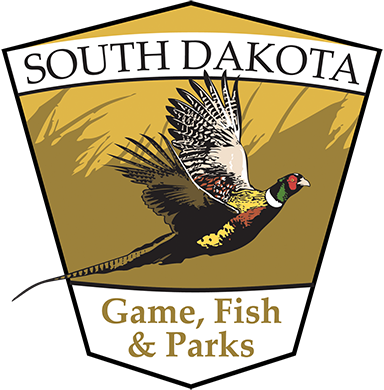woody habitat
South Dakota Game, Fish and Parks Woody Habitat Program
The goal of the GFP woody habitat practice is to establish large woody plantings that aid wildlife populations by increasing winter survival.Since most resident wildlife lives on the ground, mid-sized trees and shrubs should be planted in most wildlife shelterbelts to maximize wildlife benefits.
Applications consist of sending a tree plan (including landowner contact information) and color aerial photograph noting the project location to the Project Coordinator listed on the bottom of this flyer by November 1 If applications do not meet annual planting objectives, this deadline may be extended. Landowners enrolled in this program retain access control to their property, but are required to allow some sort of hunting and cannot charge a fee.
GFP will reimburse landowners for 75% of costs incurred for planting woody habitat.If the planting is enrolled into a public hunting access program, the landowner will receive 90% cost share.The maximum GFP payment per planting is $10,000.The landowner cannot receive any outside funding for the GFP cost- shared tree rows; but may receive outside funding for other tree rows not funded by GFP.
- Woody habitat planting criteria :
- New plantings must be a minimum of 8 rows wide and at least 1 acre in size.
- Plantings adjacent to existing tree rows do not need to meet the above width and size criteria, as long as the total number of rows is 8, the combined acreage is 1 acre, and the existing and new trees meet the species guidelines.
- Tall trees may be included in the middle rows only if 4 or more rows of shrubs or mid-sized trees are planted in the outermost rows of both sides of the planting.
- Blue Spruce, Cottonwood, Russian Olive, and Siberian Elm are not eligible for GFP cost-share.
- Lands converted by the current owner from native sod to cropland in the previous 5 years are not eligible.
- All plantings are subject to approval by GFP Private Lands Biologists.
- Eligible costs include: trees, shrubs, weed barrier fabric, tree tubes, native grass seed between rows,planting, and installation.Site preparation costs (disking, tilling, etc.) are not eligible for GFP cost-share.
- Payment is issued within one calendar year of receipts being submitted to GFP.
- Contracts for woody plantings extend 10 years from the date of planting.Early termination of the contract requires the landowner to fully reimburse GFP the cost-share for the project.
Eligible shrub and tree species include, but are not limited to:
Shrubs: Buffaloberry, Chokeberries, Currants, Caragana, Cotoneasters, Dogwoods, Elderberry, Gooseberry, Hansen Hedge Rose, Juneberry, Lilac, Mongolian Cherry, Nanking Cherry, Nannyberry, Plums, Sandbar Willow, Sea-buckthorn, Silverberry, Sumacs, Western Sandcherry
Mid-Sized Trees: Amur Maple, Apricot, Aspen, Black Walnut, Buckeye, Cedars, Chokecherry, Crabapples, Hawthorns, Hazelnut, Junipers, Laurel Willow, Littleleaf Linden, Mountain-ash, Mulberry, Oaks, Pears, Pin Cherry
Tall Trees (only in plantings with 9+ rows): American Linden, Black Cherry, Boxelder, Golden Willow, Green Ash, Hackberry, Honeylocust, Pines, Poplar, Siberian Larch, Silver Maple, Spruces, White Willow
To learn more about the woody habitat program contact Eric Magedanz or your local private lands habitat biologist.

